
For over eighty years, McDonald’s has been one of the most recognizable names in the fast food industry. Generations have grown up beneath its golden arches, sharing fries and stories around a familiar red-and-yellow table. But alongside its global fame, the brand has also inspired countless rumors. From strange ingredients to bizarre conspiracies, McDonald’s has faced them all. Here’s the truth behind some of the most enduring myths.
The Mystery of the Perfect Egg

The Egg McMuffin has been a breakfast favorite since the 1970s, yet its tidy appearance has long stirred suspicion. Some customers thought the egg looked too uniform to be real. McDonald’s responded that each McMuffin is made with a USDA Grade A egg, cracked into a small circular ring to keep its shape. The glossy texture, the brand explained, comes simply from how it’s cooked, not from any artificial process.
The Pink Slime Panic
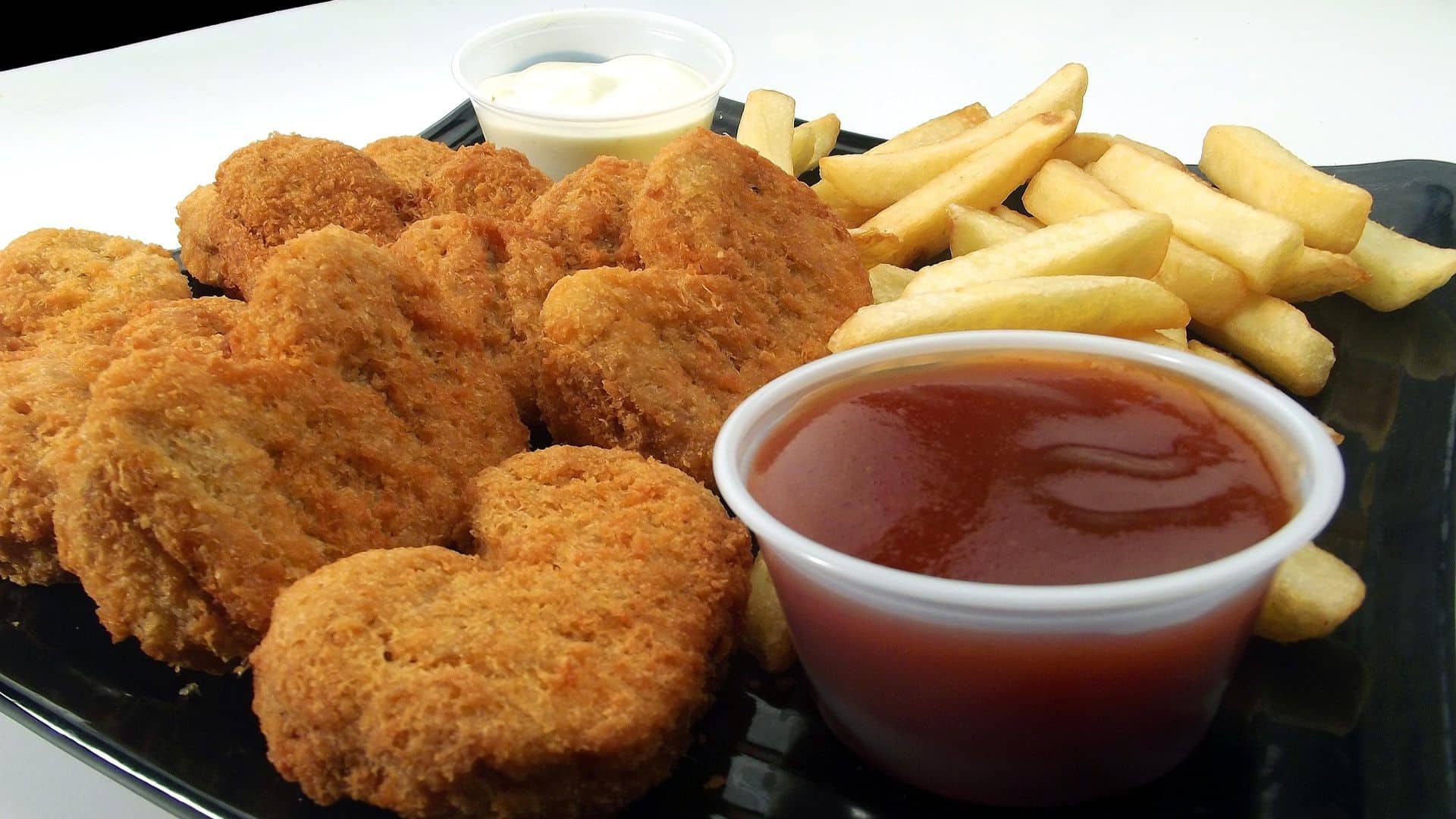
In the early 2000s, photos of a pink, foamy substance shocked the internet. The rumor claimed McNuggets were made from “pink slime,” or mechanically separated meat. McDonald’s clarified that this ingredient was discontinued in 2003. Today, McNuggets are made with white chicken breast that’s seasoned and cooked, not processed paste. The viral photo that keeps circulating online has nothing to do with McDonald’s food.
The 100% Beef Confusion

When McDonald’s began promoting its burgers as “100% beef,” critics suggested it was the name of a supplier, not a guarantee of quality. The company denied this claim, confirming that the label means what it says. McDonald’s burgers are made from whole cuts of beef with no fillers, no soy, and certainly no secret ingredients. The myth may have been clever, but it wasn’t true.
The Human Meat Hoax
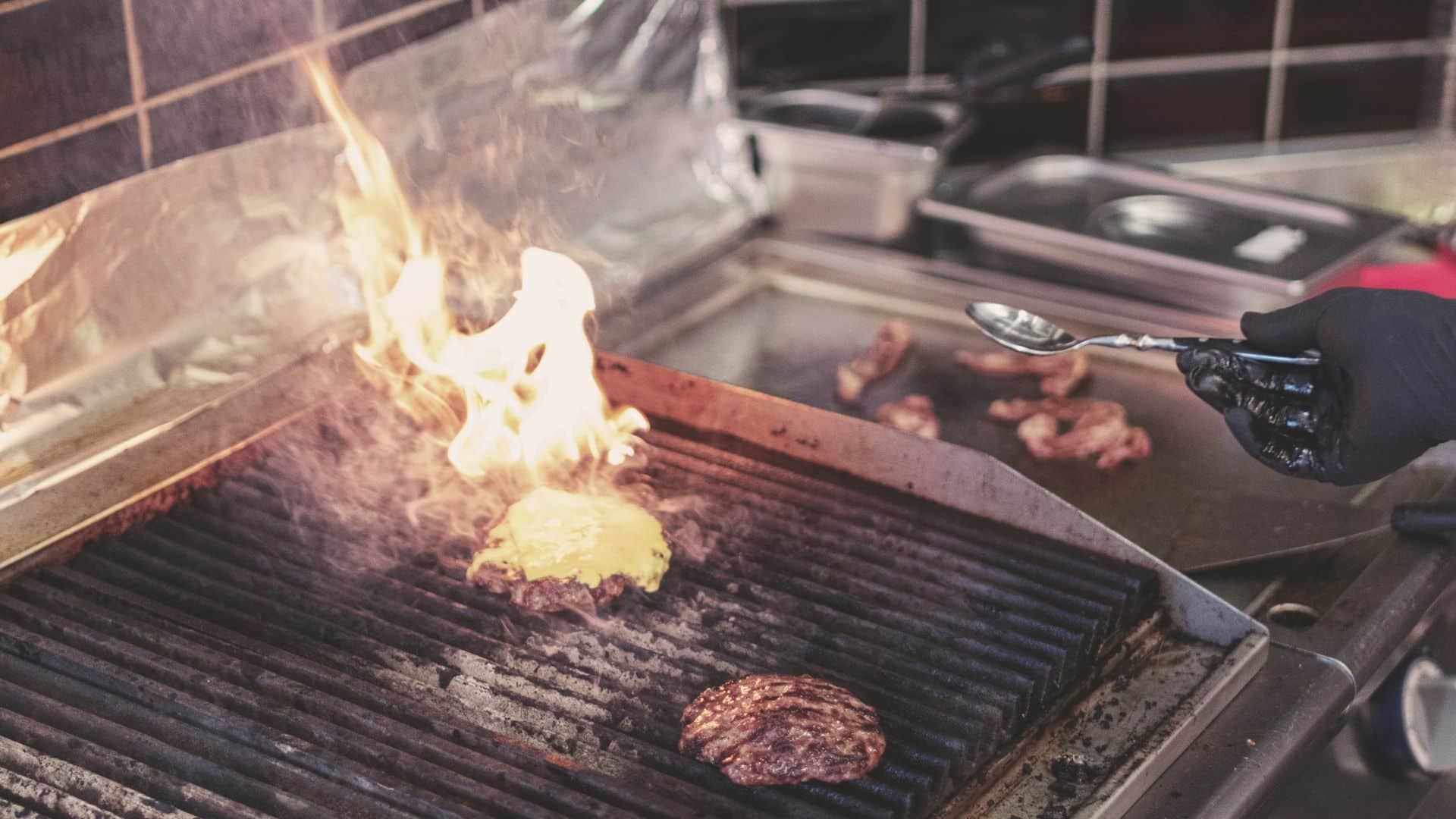
One of the darkest legends claimed that human remains were found in McDonald’s factories. The story began on a satirical website in 2014, but it soon spread worldwide as if it were real. McDonald’s later dismissed the claim publicly, explaining that no such event had ever happened. The hoax serves as a reminder of how quickly online misinformation can take on a life of its own.
The Pig Fat Shake Theory
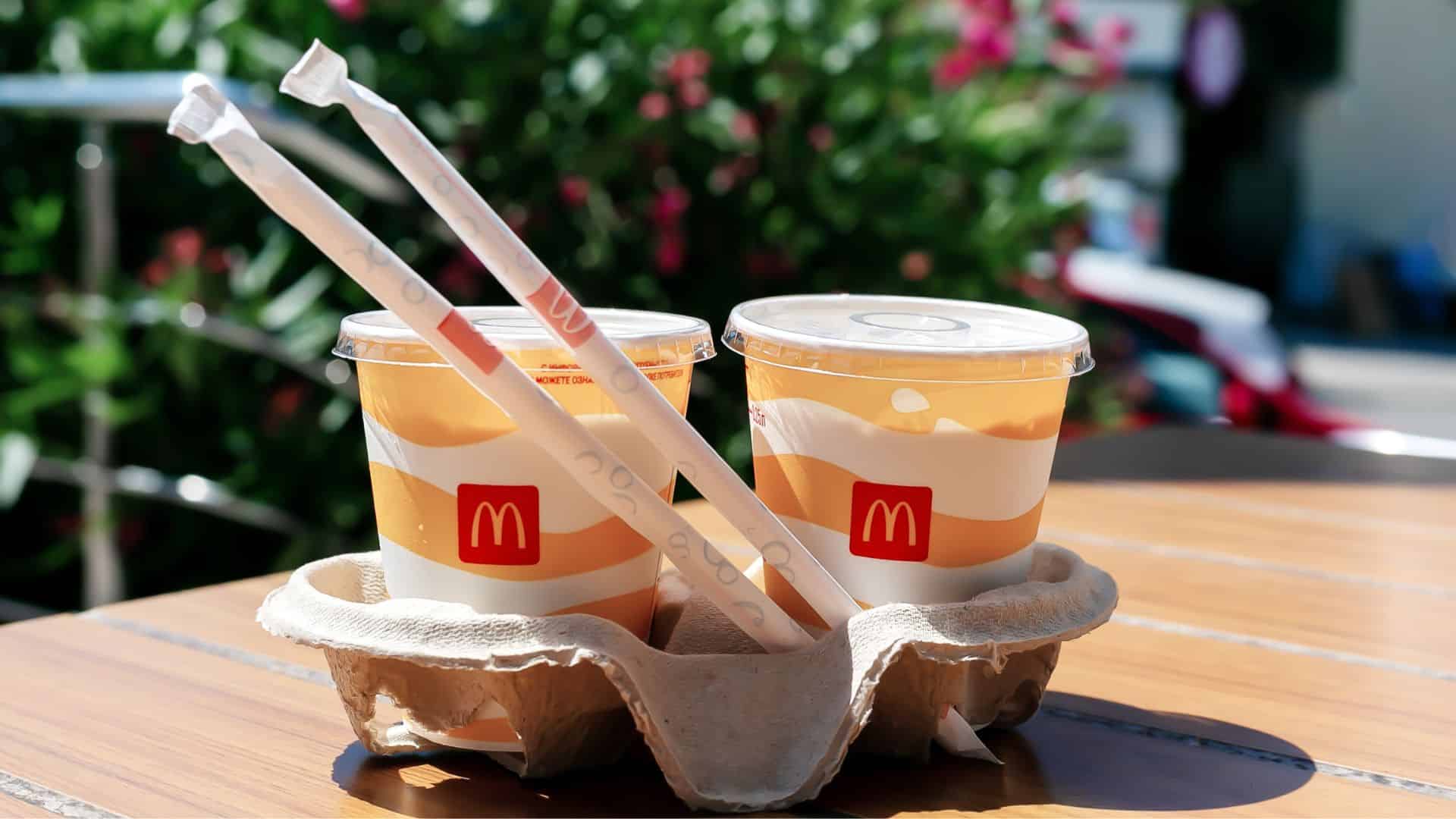
McDonald’s shakes have also found themselves at the center of confusion. Some believed that their creamy texture came from pig fat rather than dairy. In 2018, the brand clarified that the drinks contain no animal fat and are safe for vegetarians. The reason they’re called “shakes” instead of “milkshakes” is simply because ingredient definitions vary across regions. The drinks still contain milk, thanks to their soft-serve base.
The Preservative-Free Burgers
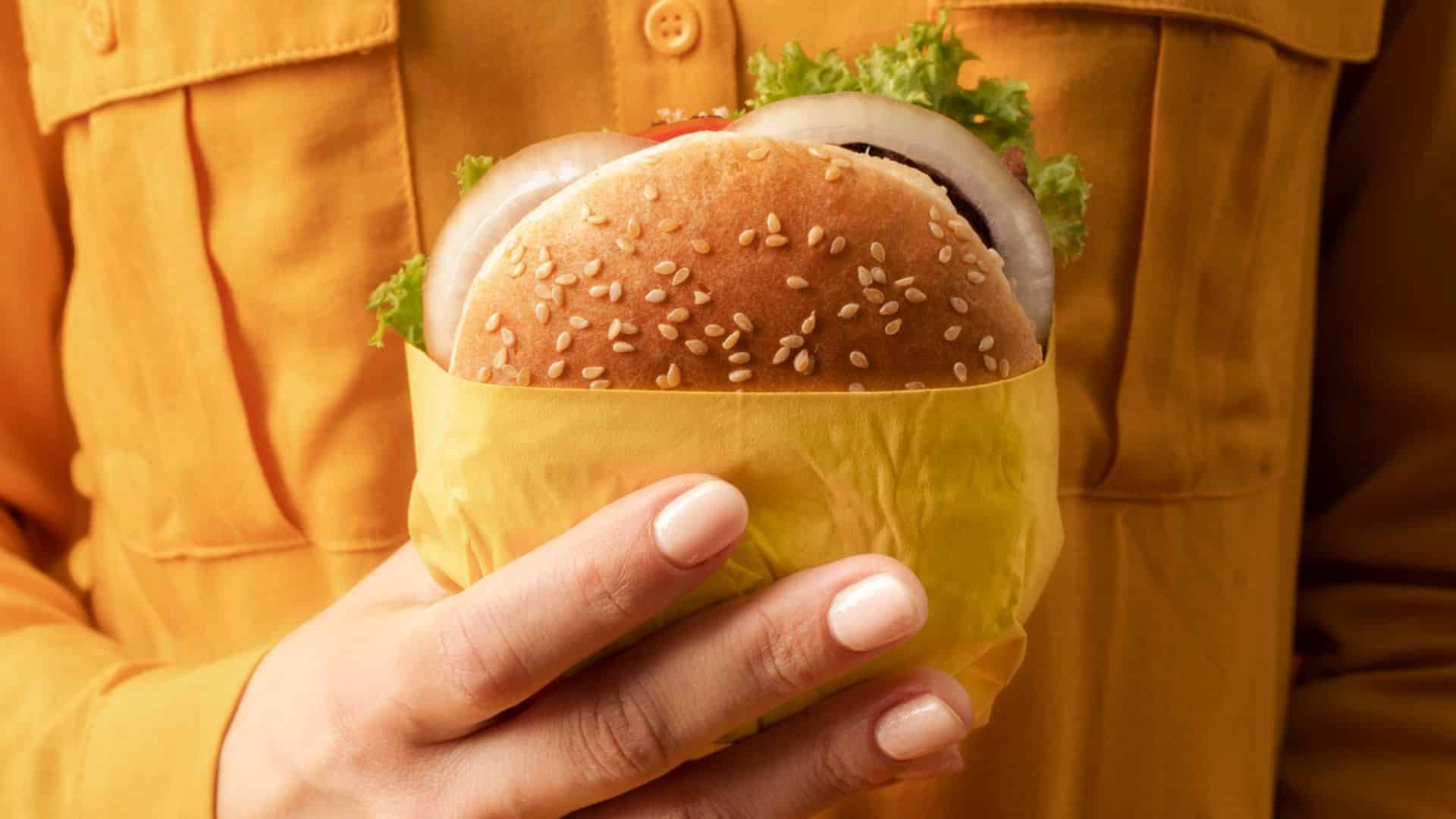
Many people have shared stories of McDonald’s burgers and fries lasting for years without spoiling. The rumor claimed they were full of preservatives. McDonald’s later explained that its burgers contain no artificial preservatives or fillers. The reason they don’t appear to rot is dehydration, not chemicals. Without moisture, mold and bacteria can’t grow, which keeps the food looking eerily unchanged over time.
The Fertility Fries Myth
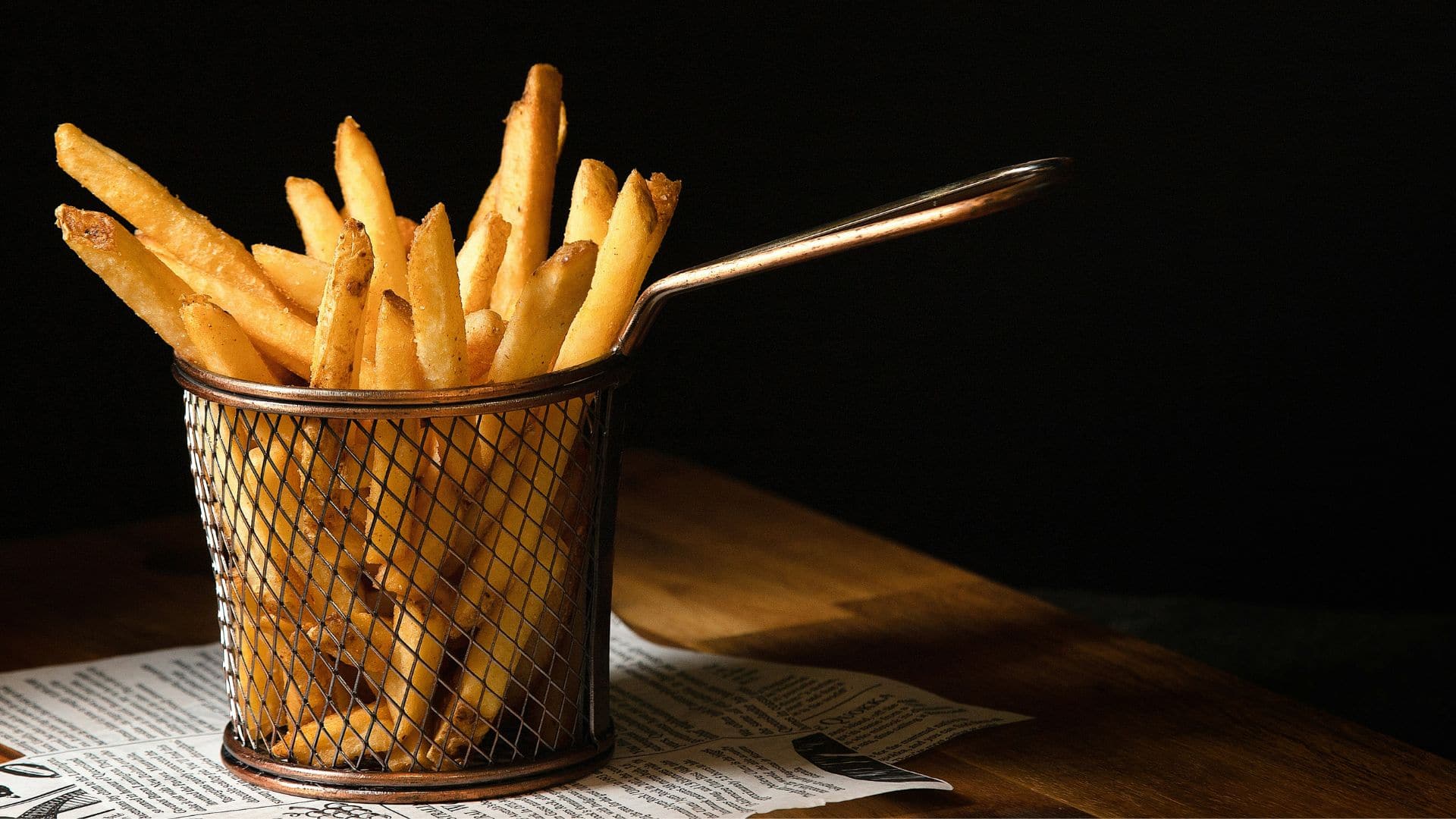
Another curious belief says that McDonald’s fries can boost fertility. The theory came from the idea that salt helps with ovarian hyperstimulation syndrome, a condition related to fertility treatments. Since McDonald’s fries are salty, some thought they might increase the chances of pregnancy. There’s no evidence to support this claim, but it remains a lighthearted superstition that keeps circulating online.
The Hot Coffee Case
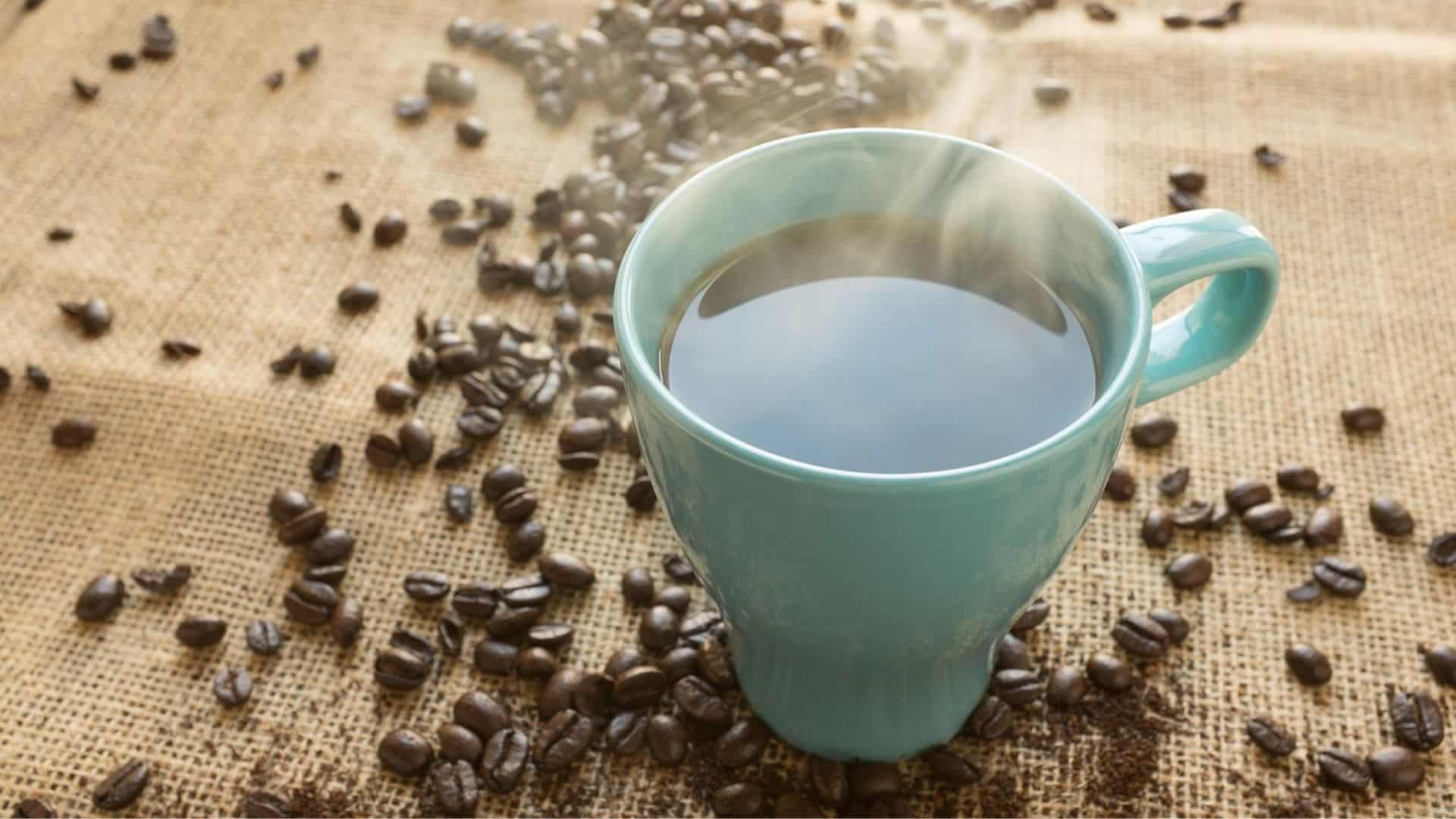
In 1992, a woman named Stella Liebeck sued McDonald’s after suffering severe burns from spilled coffee. Media outlets exaggerated the case, claiming she won millions. In truth, the final settlement was much lower, reached outside of court. McDonald’s maintained that its coffee was served hot for flavor, but the case became a cautionary tale about corporate responsibility and consumer safety.
The Grimace Shake Craze
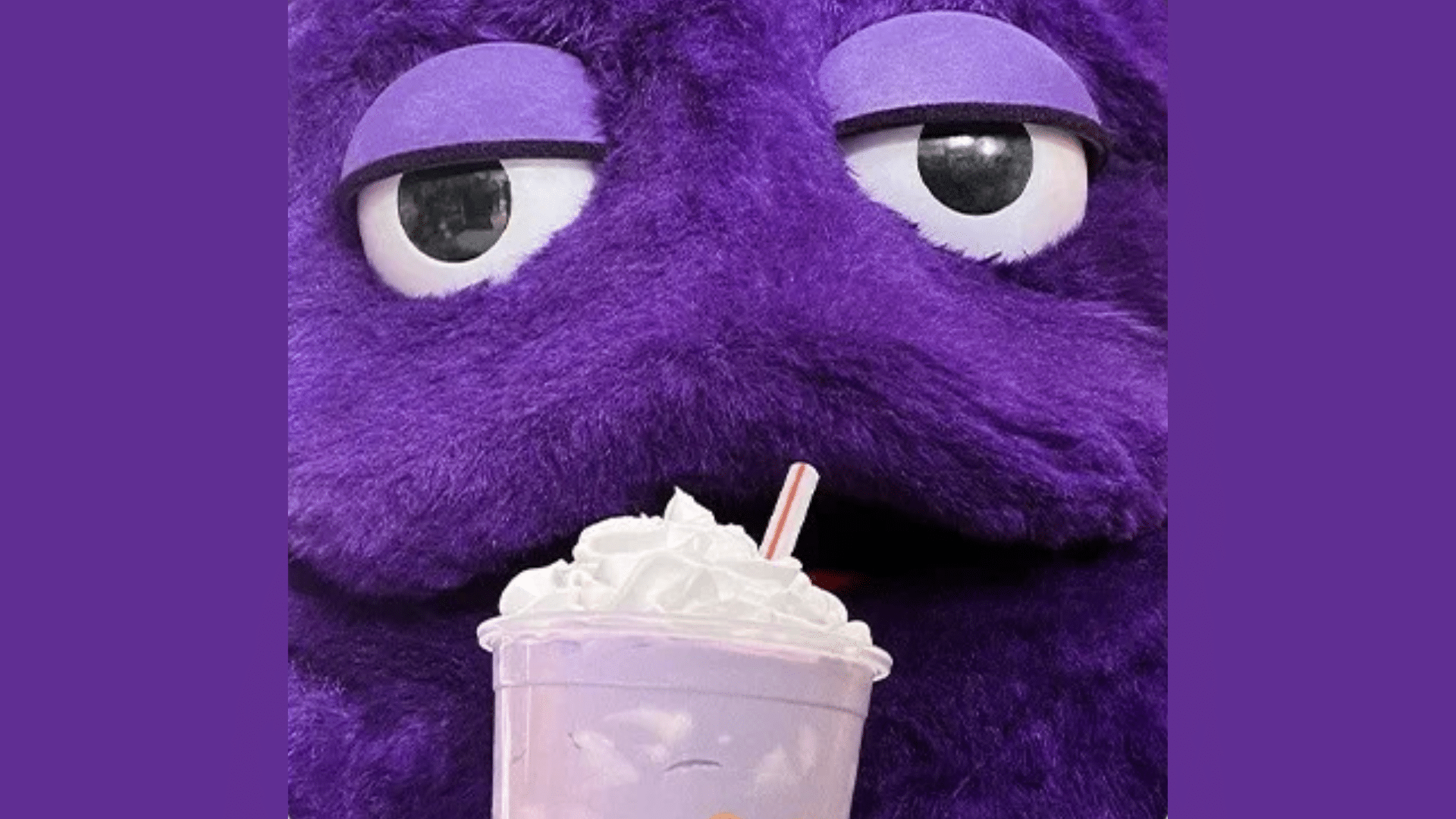
In 2023, McDonald’s released the purple Grimace Shake to celebrate the character’s 52nd birthday. Soon after, a viral TikTok trend showed people pretending to collapse after drinking it. The videos were meant as jokes, but rumors spread that the drink caused illness. It didn’t. The shake was harmless, yet the online buzz gave Grimace unexpected fame, and sympathy, from fans around the world.
The Killer Clown Connection

During the 2016 clown-scare craze, McDonald’s reduced public appearances by Ronald McDonald. The move sparked another rumor—that the company had orchestrated the panic as a publicity stunt. Old, eerie Japanese commercials featuring Ronald resurfaced and fueled the suspicion. McDonald’s never confirmed or commented much on them, but the timeline makes it clear the clown hysteria had nothing to do with the brand.
